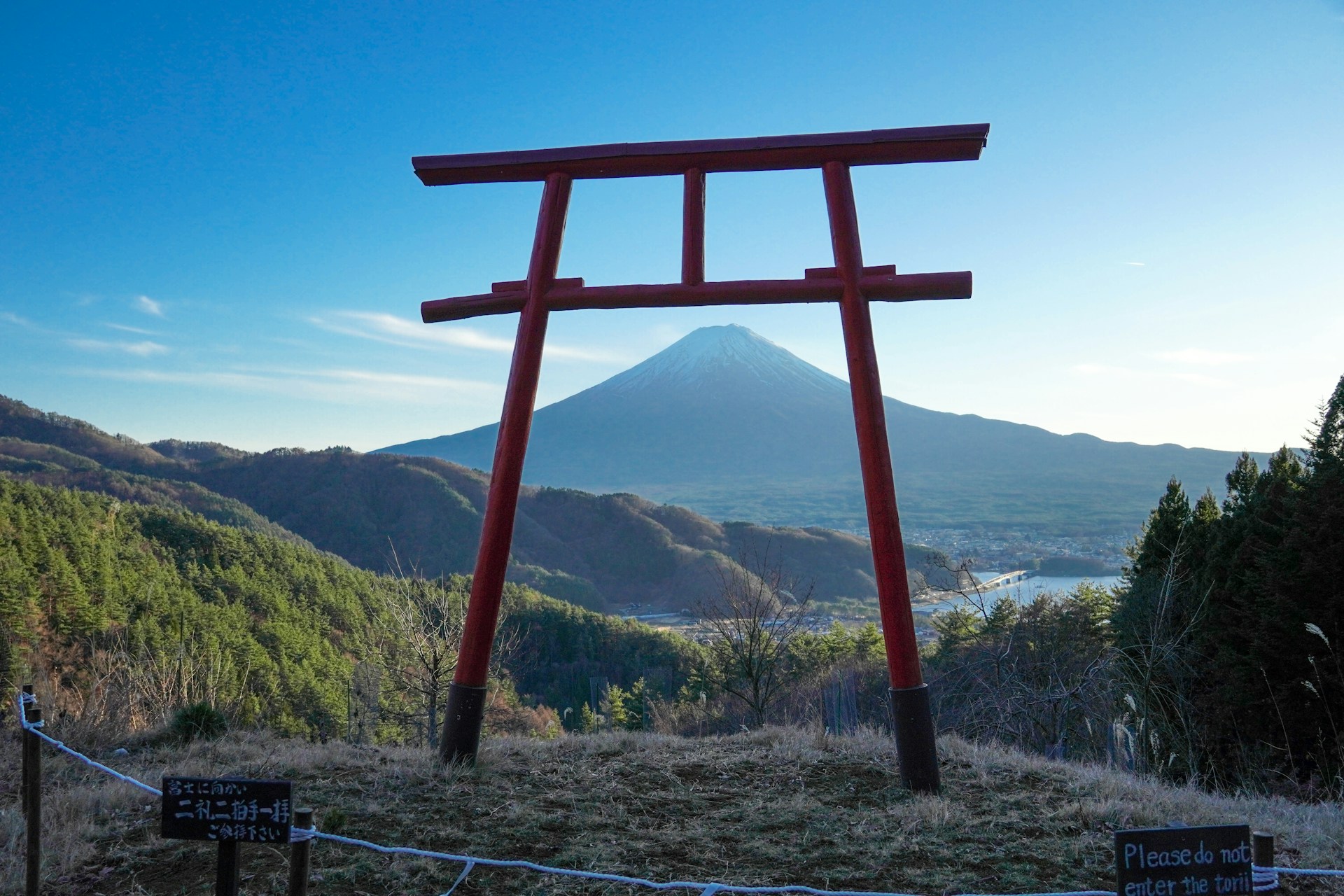Tourism rebuilt local economies, then strained them. In historic centers and fragile landscapes, leaders are rewriting the rules: fewer short stays, smarter crowd control, and real costs for bad behavior. The goal isn’t to scold travelers. It’s to protect housing, culture, and ecosystems that can’t be replaced. What this really means is intention over impulse. Caps curb crush hours, entry fees fund upkeep, and stricter checks deter misuse. Some measures feel blunt; most are overdue. When destinations breathe again, residents stay, heritage lasts, and trips feel meaningful instead of rushed.
Schengen Borders Go Digital
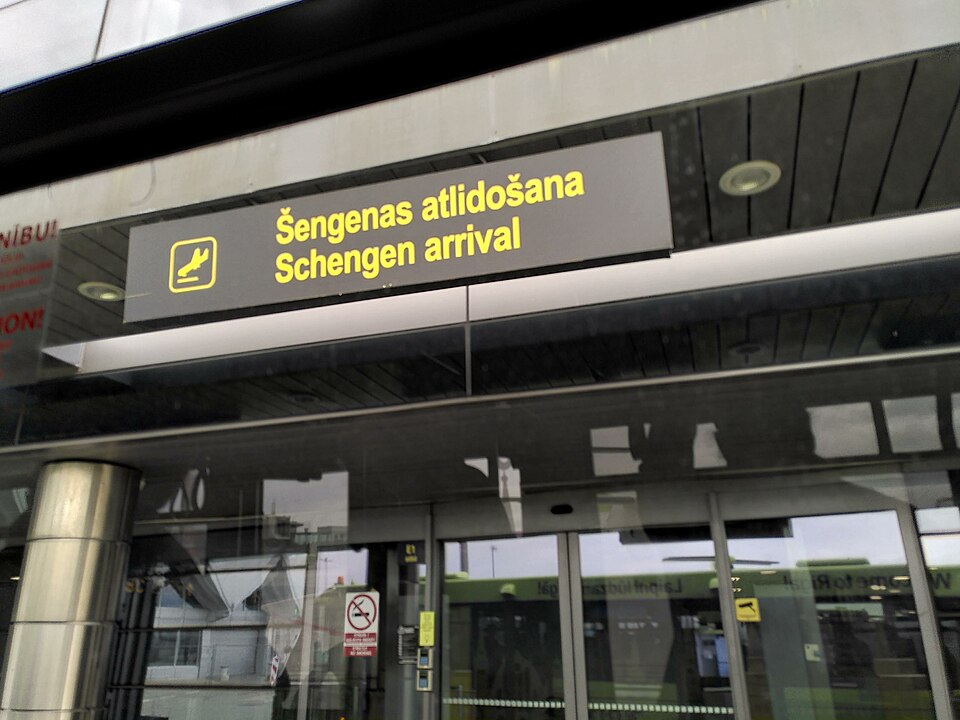
Schengen’s new Entry/Exit System is live, replacing passport stamps with biometric scans and time-stamped entries. Expect learning curves at first, then tighter control of overstays across nearly all Schengen frontiers. Next up is ETIAS, a paid pre-travel authorization slated for late 2026 that screens visa-exempt visitors before they fly. Together, they shift Europe from manual stamps to data-driven flows and clearer accountability.
Amsterdam Targets Party Tourism
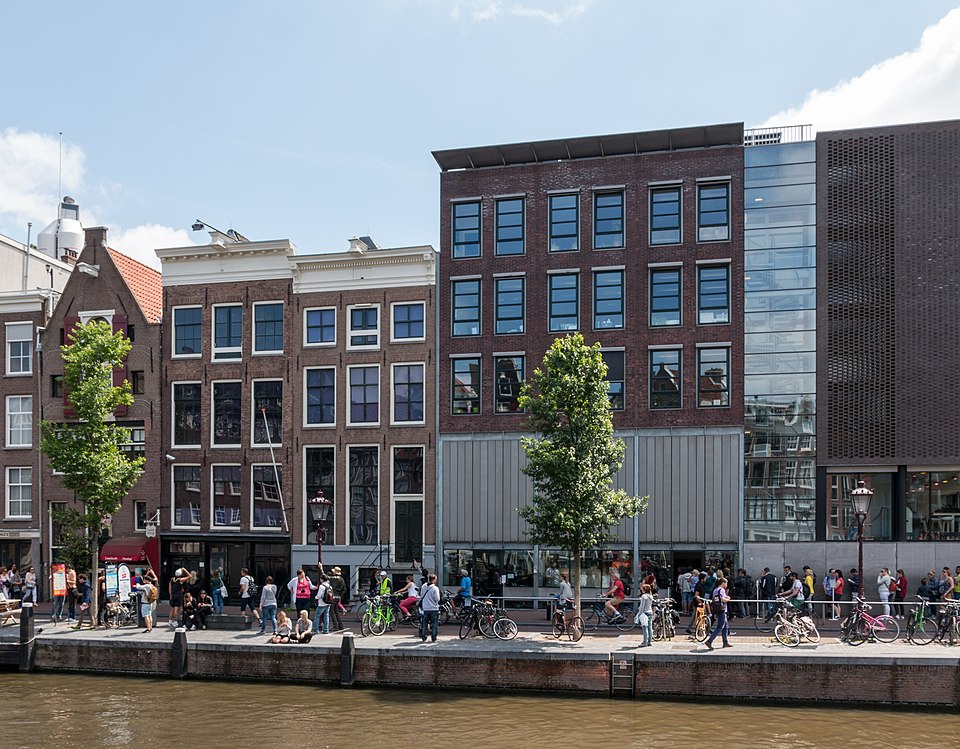
Amsterdam is actively discouraging stag-weekend chaos and nuisance tourism. The city raised already-high visitor taxes, limited hotel bed growth, tightened alcohol and cannabis rules in the center, and even launched a deterrent quiz to puncture the “anything goes” myth. Residents are also pressing City Hall in court to enforce caps on overnight stays. The direction is unmistakable: fewer rowdy flash trips, more respectful visits.
Amsterdam Repositions Cruise Calls
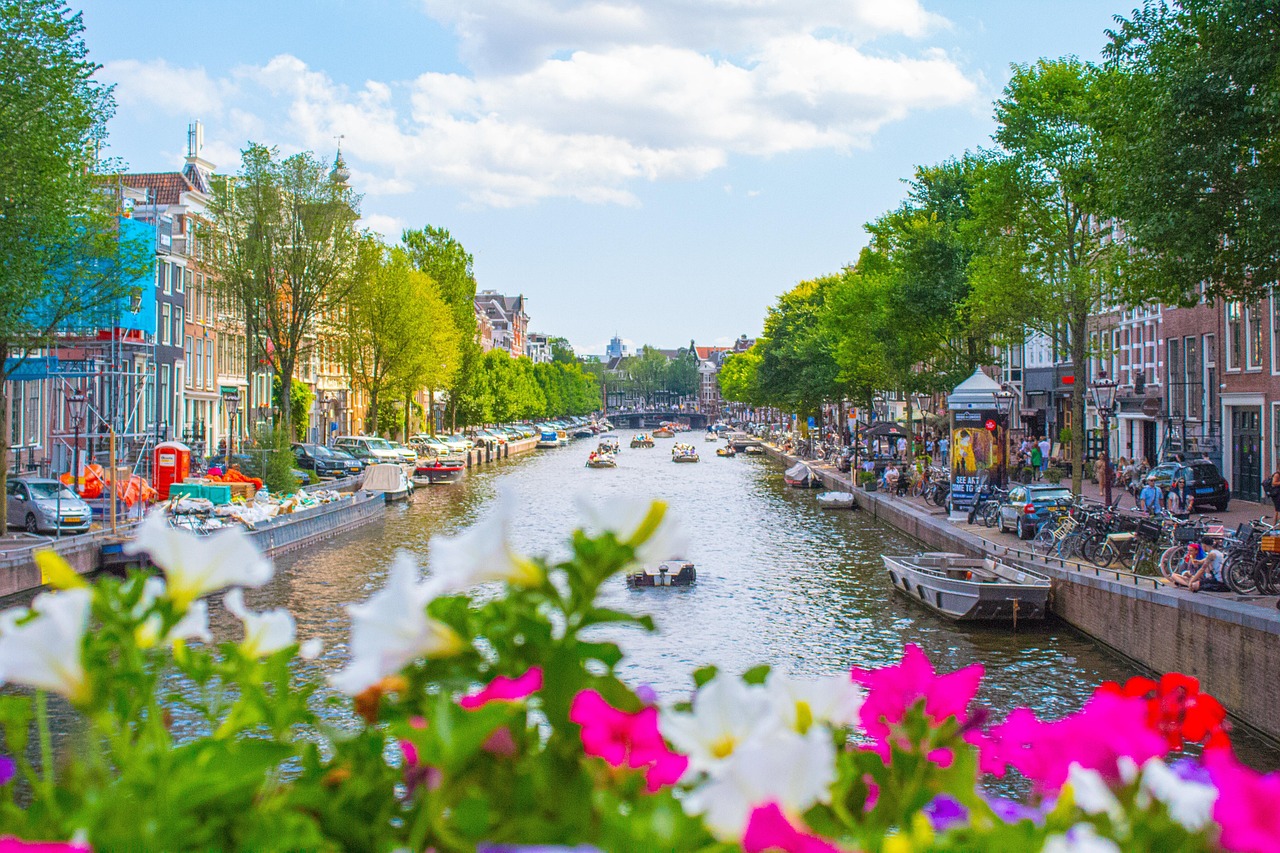
Lawmakers voted to move cruise traffic out of the historic core, part of a broader anti-overtourism push. The vote isn’t a lights-out ban yet, but it signals fewer berths in the center, stricter shore-power requirements, and a relocation path for the terminal. Industry pushback continues, yet policy momentum favors cleaner air and calmer streets over day-trip surges.
Barcelona Phases Out Tourist Apartments
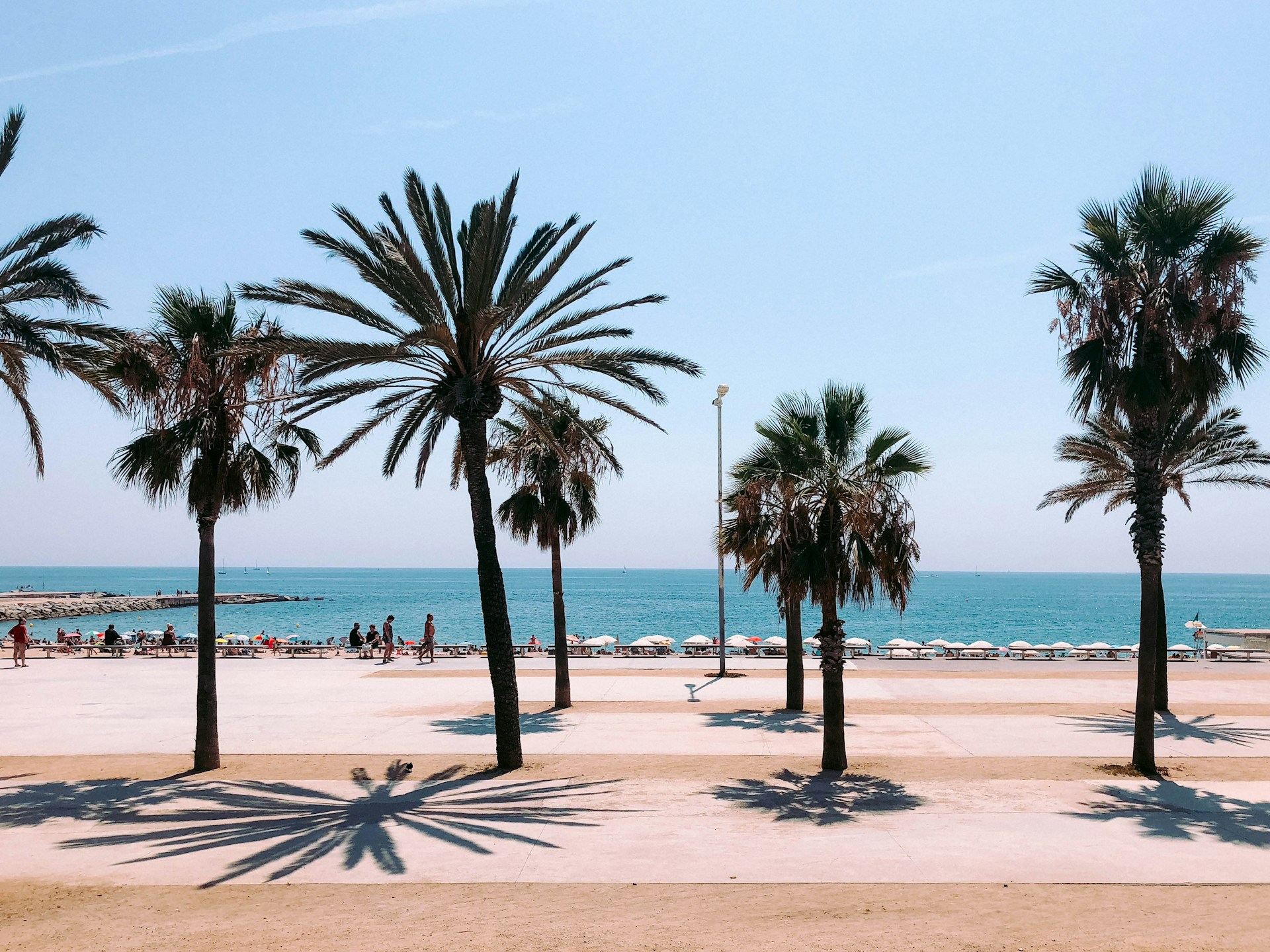
Barcelona secured top-court backing to retire roughly 10,000 short-term rental licenses by 2028, aiming to cool rents and give neighborhoods back to residents. As licenses expire, supply shifts toward long stays and hotels outside the tightest zones. It’s a structural reset, not a gesture, and it reshapes how and where visitors can sleep in the city.
Venice Tests A Day-Trip Fee
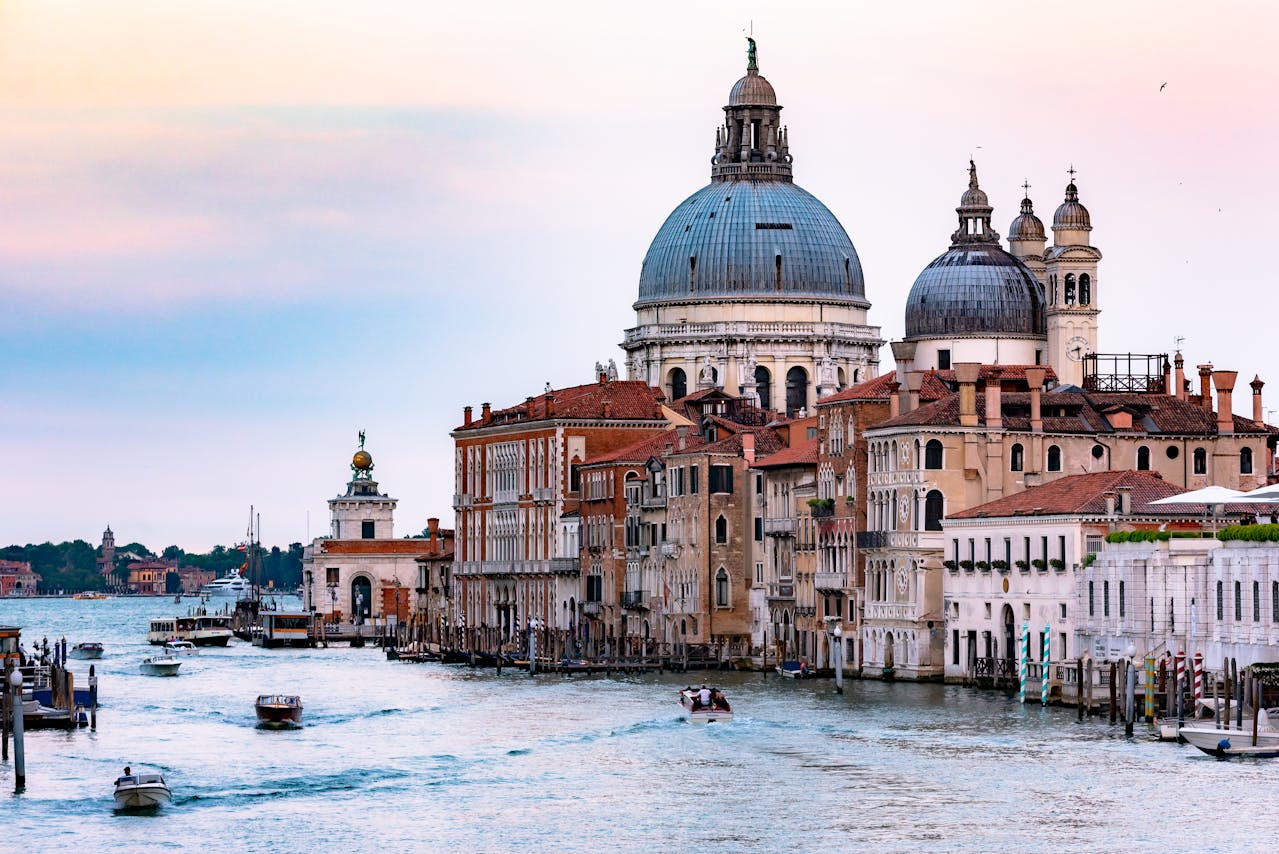
Venice piloted an access fee on peak days to spread crowds, fund services, and nudge longer stays. The 2025 trial concluded in late July; authorities are reviewing data and planning next steps, including pricing tweaks for late bookings. Hotels guests were exempt during the pilot, but day visitors faced checks and fines for nonpayment. Policy may evolve, yet crowd management is clearly here to stay.
Kyoto’s Gion Protects Its Lanes

After years of intrusive photography and harassment of geiko and maiko, Kyoto restricted access to private alleys in Gion and introduced fines for trespassers. Main public streets remain open, but the cultural boundary is firm: performance and tradition come before snapshots. Clear signage, patrols, and community reporting backstop the new etiquette.
Mount Fuji Adds Gates, Caps, And Fees
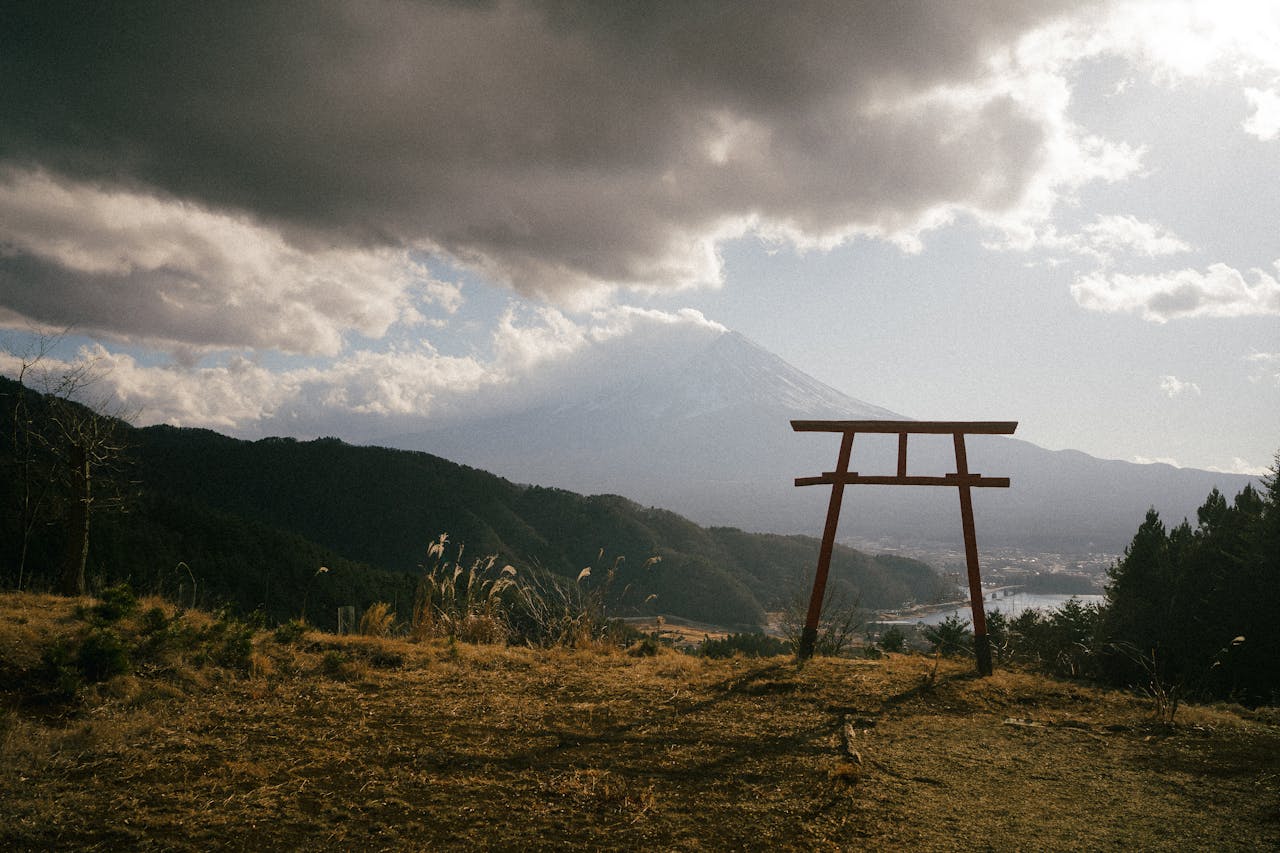
Japan tightened climbing rules on Fuji’s busiest routes with timed gates, paid reservations, and a universal per-person trail fee. The aim is to end risky “bullet climbs,” reduce rescue strain, and protect a fragile volcanic environment. With online prepayment now the norm, authorities can meter daily volume and shift hikers toward safer hours and seasons.
Bhutan Raises The Bar With SDF

Bhutan’s high-value model relies on a nightly Sustainable Development Fee of $100, discounted for children and lower for Indian nationals. Revenue supports conservation, education, and healthcare, aligning visitor spending with national priorities. The policy filters out fly-by tourism and rewards deeper, slower trips that respect culture and wilderness.
Santorini Caps Cruise Arrivals, Adds Levies
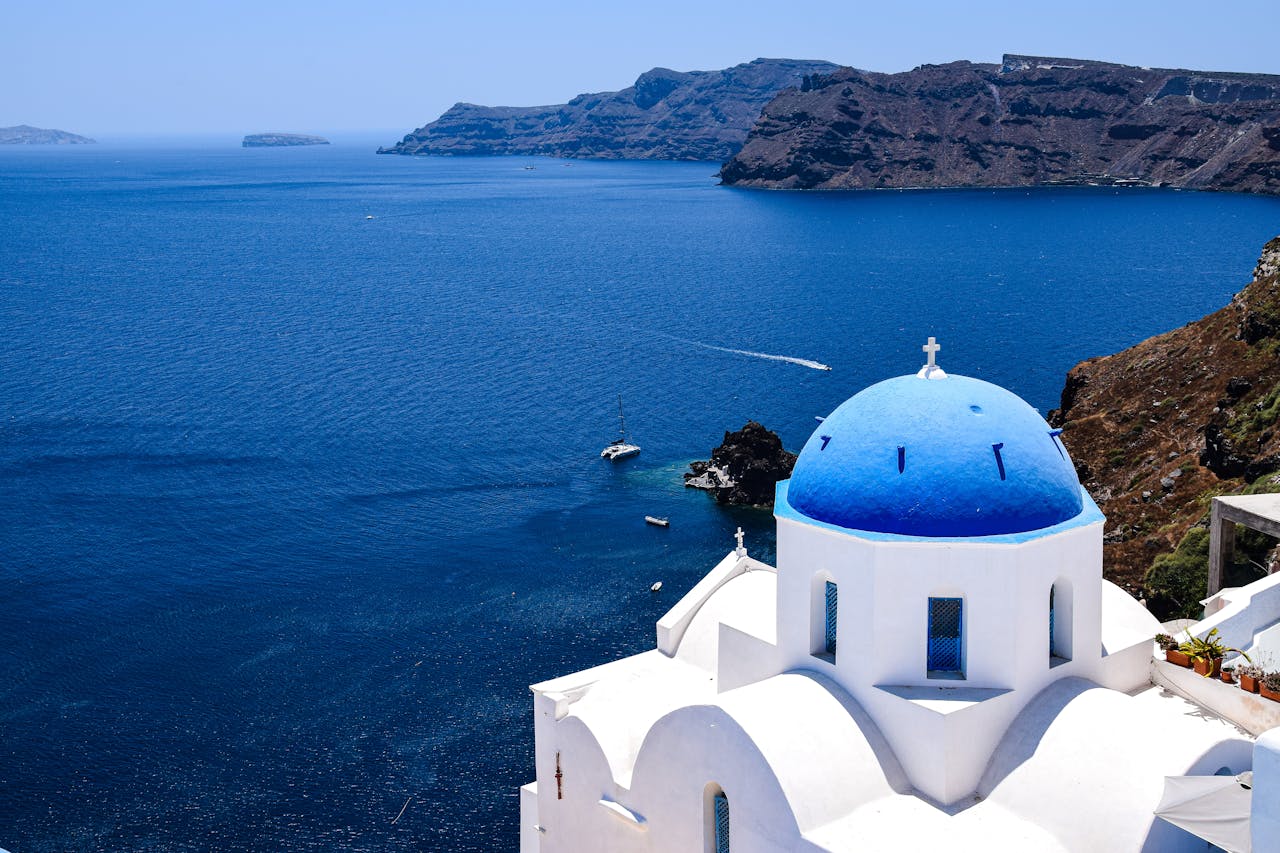
Santorini, long overwhelmed at midday, is moving to cap daily cruise disembarkations around 8,000 and apply seasonal per-passenger levies. Greece’s broader cruise tax scales by month and port, steering traffic and funding local infrastructure. Expect more staggered calls and fewer day-trip tidal waves that choke Fira’s lanes.
Dubrovnik Limits Ships And Staggers Flows
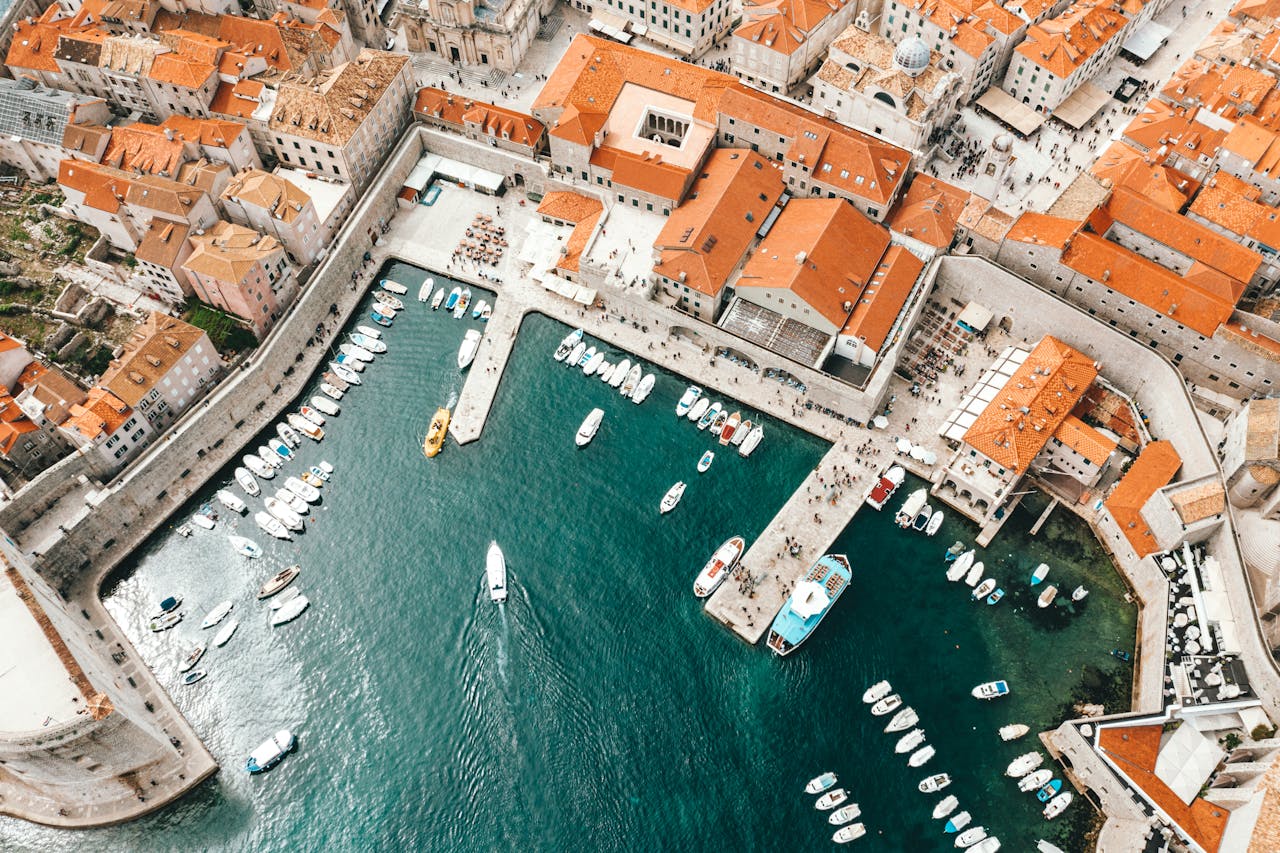
Dubrovnik is coordinating berths with a hard curb of two ships per day and minimum stays to smooth passenger surges. The port’s berthing policy and “Respect the City” program push longer, calmer visits over smash-and-grab sightseeing. Local fees and rental inspections round out a package built to keep the Old Town livable.
